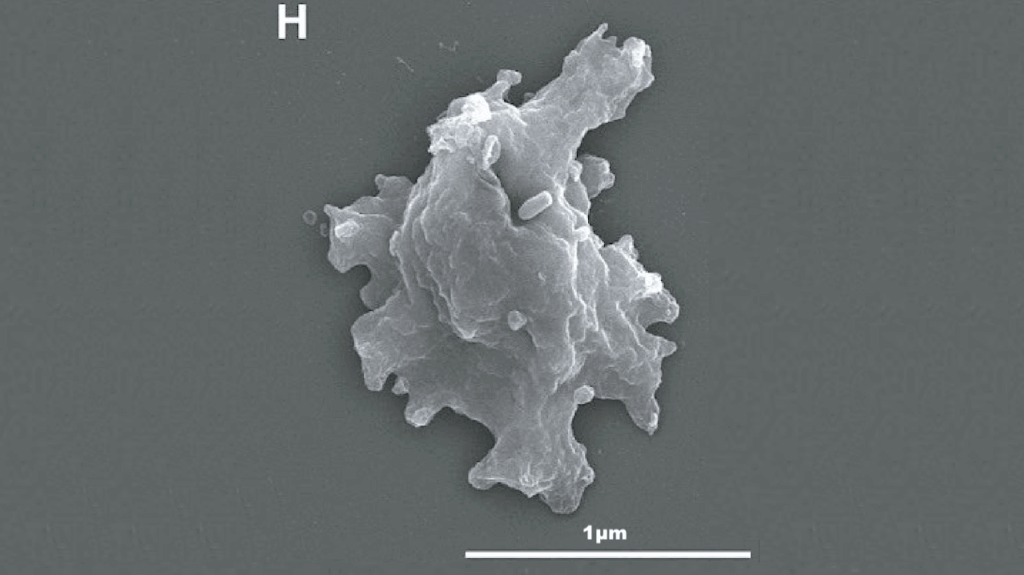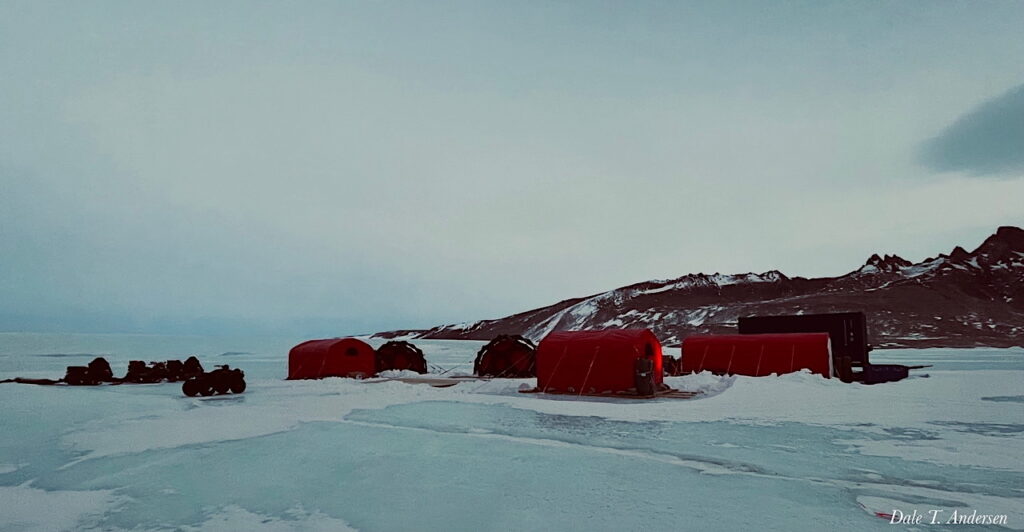Subglacial Microbial Life On Earth And Beyond

The search for life beyond Earth fascinates many and inspires big questions: Are we truly alone in the Universe? Is our Earth unique? Is it possible that life beyond Earth may actually be far from little green aliens and much closer to the microbial life with which we share our planet?
Single-celled organisms were the first life forms that evolved on Earth, billions of years ago, and have been around much longer than humans and other multicellular organisms. They are also metabolically diverse and can thrive in environments that we humans deem extreme—such as at the bottom of the ocean in piping hot hydrothermal vents, in extremely salty lakes and even within rocks.
Europa—An Icy Jupiter Moon
The first place to look for life outside Earth is within our Solar System, where distances between us and potentially habitable worlds are still manageable for spacecraft flybys and even sampling missions. Venus, Mars and many moons of Jupiter and Saturn are all of interest to astrobiologists, though Europa, one of Jupiter’s 95 moons, is a particularly promising candidate world. Europa is an icy ocean world, where plumes of water spurt from an ocean below a thick ice crust.
Though the surface temperature perpetually lurks below a cool -220°F, Europa excites many astrobiologists as a possible site for life in our Solar System because of its subglacial ocean. Water is important for the habitability of a planet by life as we know it; a polar solvent like water is essential for the biochemical reactions that drive all life on Earth and can also provide a thermally stable habitat for organisms to live and evolve.
Along with water, carbon is another important building block for life as we know it. All of life’s essential macromolecules are based on carbon—sugars, proteins, DNA and lipids are all comprised of carbon atoms arranged in various shapes, including rings, sheets and chains.
In Sept. 2023, 2 independent teams of scientists found that the solid carbon dioxide (CO2) on Europa’s surface most likely originates from its subglacial ocean, as its location on the surface coincides with geological features that indicate the transport of material from below the ice. One team also hypothesized that the oceans are oxidized, a chemical condition that supports Earth’s current biosphere and thus favors habitability by life as we know it. Though scientists were not able to definitively determine the source of the CO2 on Europa, the confirmation that carbon exists on Europa has fuelled the fire of astrobiologists who believe that it could host microbial life.
Signs of life like organic carbon and water are broadly known as biosignatures, chemical or physical markers that specifically require a biological origin. Though no single biosignature is enough to claim life in a faraway world, finding many complementary biosignatures on bodies like Europa can strengthen the argument that life, in some form, could exist beyond Earth.
From Europa to Antarctica—Studying Subglacial Microbes
As a microbiological fieldwork site, Europa is about as unreachable as can be—it is over 390 million miles away, and unfathomably cold. How, then, can we determine whether life could survive under Europan conditions? One idea is to study Earth-based analog sites—extreme environments on Earth whose conditions mimic those of faraway worlds. By characterizing the microbial life in these ecosystems, we can glean insight into how life can persist in places that are entirely inhospitable to most other life forms. Studying analog sites can also give us clues about what kinds of biosignatures may be important in different environments and help inform what researchers look for in data coming from future Europa-bound missions.
Jill Mikucki, Ph.D., an associate professor at the University of Tennessee, Knoxville, studies one such analog site: Blood Falls, a feature that colors the terminus of Taylor Glacier in the McMurdo Dry Valleys of Antarctica. There, a briny, subglacial groundwater ecosystem leaks iron-containing brine to the surface. The iron oxidizes upon contact with air, tinting the outflowing saltwater a rusty red and giving Blood Falls its spooky appearance, and name to match. “It feels otherworldly to work and camp in the dry valleys,” Mikucki said. “It can be extremely quiet…penetratingly so. But if the wind picks up, it can roar.”
Part of Blood Falls’ attractiveness as an analog comes from its unique geo- and hydrological features. “I think Blood Falls makes a great analog for ocean world studies because it is one of the few places where liquid transits from the below the ice to the surface,” Mikucki explained. “Additionally, it is briny, so it’s like a mini ocean world that episodically spills out aliquots of subglacial fluids—and its microbial contents.” These features are reminiscent of the Europan plumes spurting from underneath the ice. “At Blood Falls, we can study what life below ice is like, what that transit to the surface involves and what survival at the surface is like,” Mikucki said.
In 2009, Mikucki and colleagues published a paper detailing how microbes beneath Taylor Glacier may be cycling sulfur and using iron as a terminal electron acceptor, a role played by oxygen for many organisms on Earth’s surface. This kind of metabolism occurs under anaerobic conditions (when oxygen is limited), which can happen in some environments when photosynthesizing organisms that produce O2 are absent. This ecosystem is buried deep under the ice and may have been isolated from the outside for over 1 million years.
Mikucki has been working on subglacial environments for over 2 decades but is still stunned by some of her and her team’s findings. For instance, the microbial cells grow very slowly under the ice, possibly taking a year or more to divide. “Everything still boggles my mind,” she laughed. “I wonder how long this brine has been trapped below the Taylor Glacier—and how, where, under what circumstances it originated. How have these microbial communities persisted through this physical and chemical journey?” Could life persist in a similar fashion on Europa? The jury is still out, but efforts to gather more data are in the works.
Future Missions to Europa
In the coming decades, we will get a better look at Europa through 2 missions: the European Space Agency’s JUICE (Jupiter Icy Moons Explorer), and NASA’s Europa Clipper. While the JUICE mission, launched in April 2023, aims to characterize Europa and 2 other Jupiter moons, NASA’s Clipper mission (scheduled for launch in Oct. 2024) will focus on Europa. The Clipper’s goal is to measure the thickness of the icy crust and exchange between surface and ocean, as well as study Europa’s composition and geology. The 2 spacecrafts should reach their targets in the 2030’s and can then begin gathering and sending back data.
The possibility that life exists beyond Earth—and that it may well be very different to what we have here—is both exciting and humbling. If we never find life beyond Earth, it will mean that what happened here was extraordinarily special. If we do, it might turn what we think we know about life on its head and show us that we are not alone in the vast cosmos.
Astrobiology








